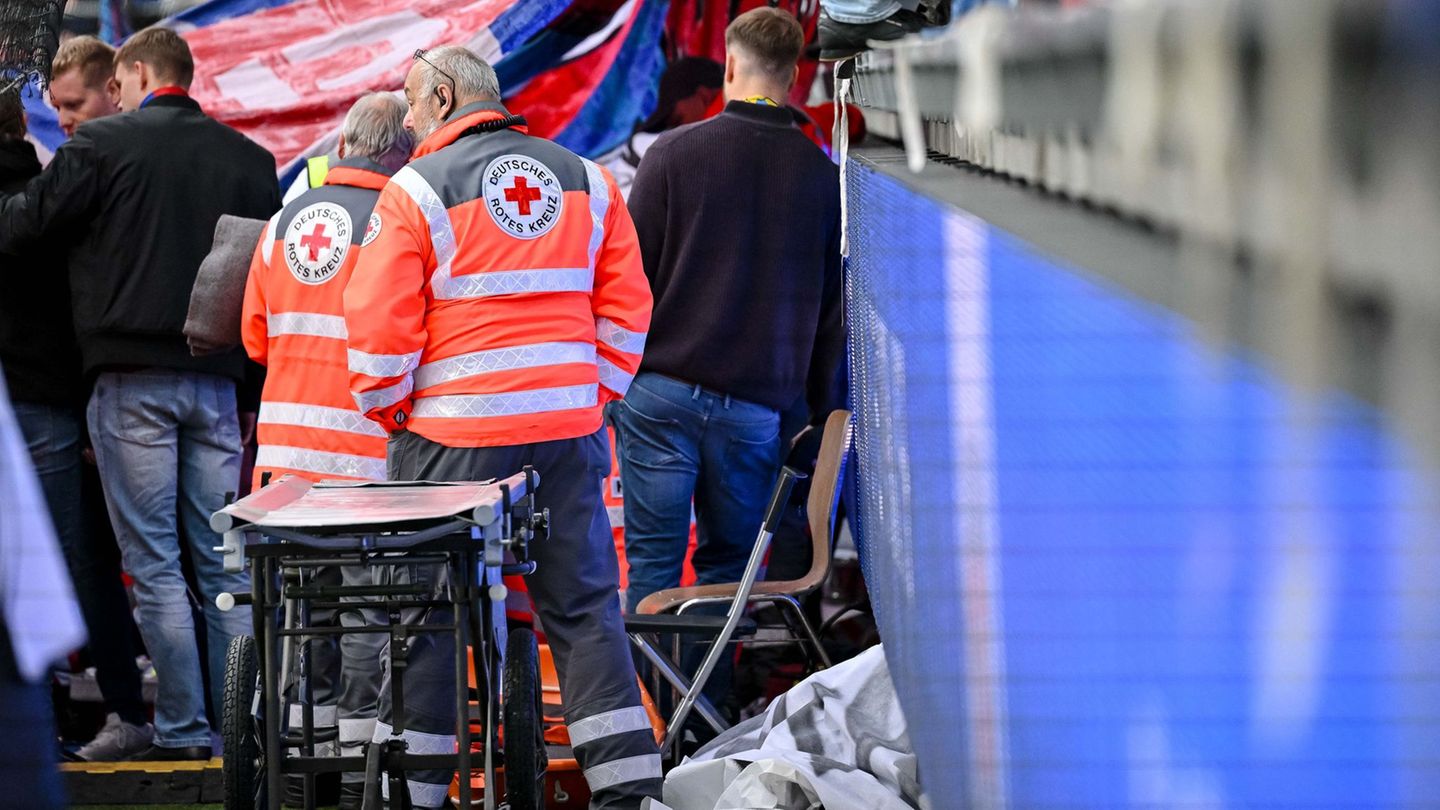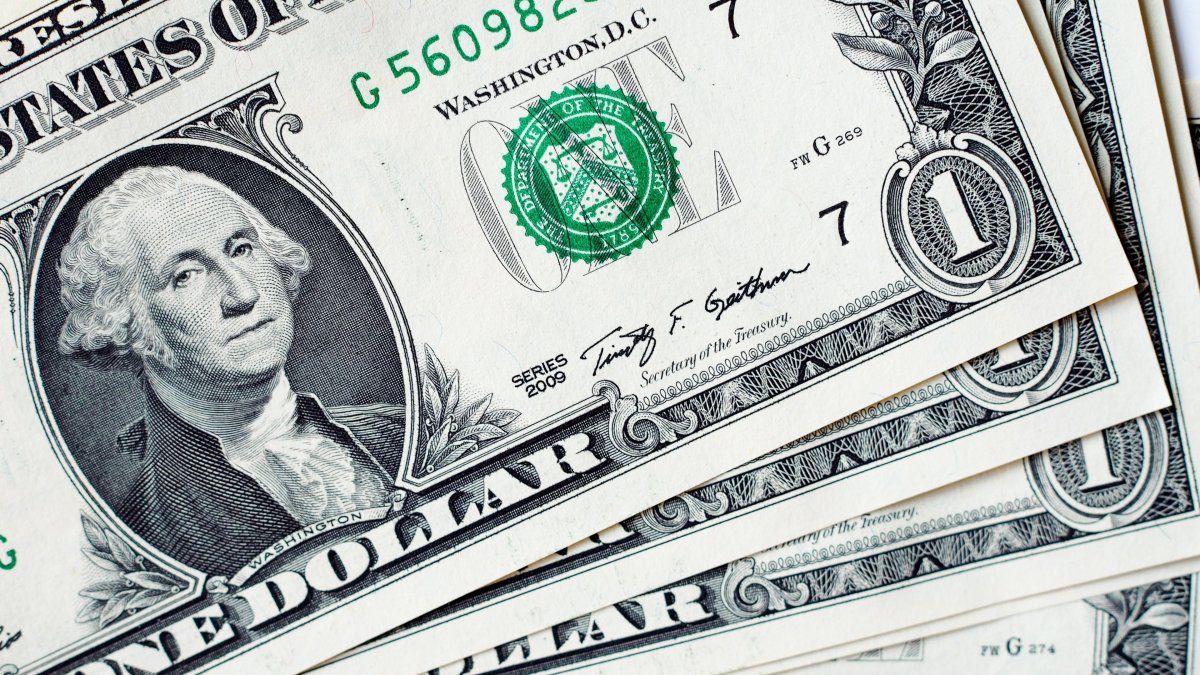The equation is the following: if un Big Mac costs $590 in Argentina and US$5.15 in the United States, the implicit exchange rate is $114.56. Now, when the difference between the result and the real exchange rate is calculated, in $129.12, it is found that the Argentine peso is “undervalued” by 11.3%.
Then, for a Big Mac to cost the same in Argentina as in the United States, the wholesale dollar, the reference for the index, should be $114.56. Measured according to the official price, the price of the hamburger is equivalent to US$4.33. On the other hand, if the blue dollar were taken, which this Friday closed at $337, to buy a classic combo you would need $1.75.
The foreign traveler, then, could buy 2.94 hamburgers in Argentina with the US$5.15 used to buy a single Big Mac at McDonald’s in his country of origin.
The IBM is based on the “Purchasing Power Parity” theory developed in the 19th century by the Swedish economist Gustav Caselaccording to one currency is “aligned” with another if it allows the purchase of the same basket of goods at the same value, expressed in either of the two currencies.
Interestingly, what the latest survey revealed is that the Argentine peso is not among the countries with the greatest devaluation of its currency. In first place is the Venezuelan bolívar with a loss of 65.8% of purchasing power, followed by the Romanian leu, 55.7%, and the Indonesian rupiah, 54.6%. Colombia with 33.4% and the Guatemalan quetzal, 34.7%.
Source: Ambito
David William is a talented author who has made a name for himself in the world of writing. He is a professional author who writes on a wide range of topics, from general interest to opinion news. David is currently working as a writer at 24 hours worlds where he brings his unique perspective and in-depth research to his articles, making them both informative and engaging.




